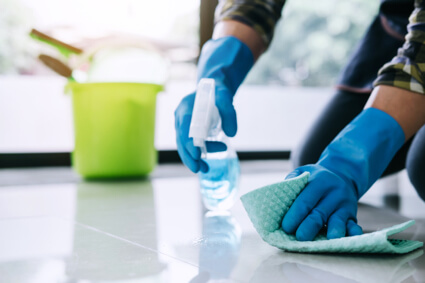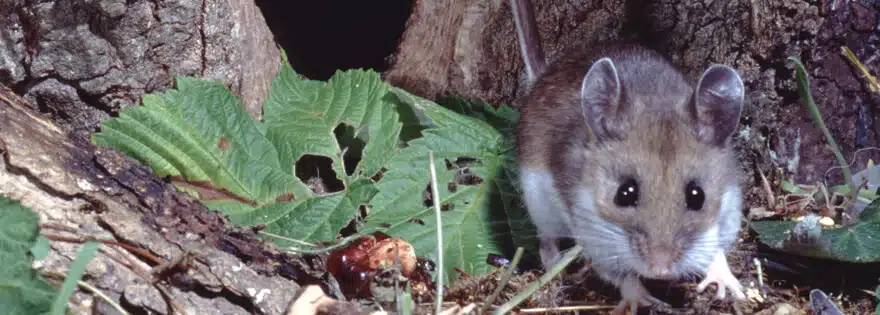Hantavirus: A Potentially Fatal Disease Spread by Mice
By: EarthKind
Mice have been popularized as cute, little companions in many cartoons and stories. They even play an important role in natural ecosystems by helping break down decaying matter, spreading seeds, and serving as a food source for larger animals. However, rodents can pose a serious public health threat when they get too close to people. Rats and mice are known to spread dozens of diseases ranging from rat bite fever to the plague and hantavirus.
What is hantavirus?
According to the Center for Disease Control, hantavirus is part of a family of viruses spread mainly by rodents. In North America, hantavirus has been known to cause hantavirus pulmonary syndrome (HPS). The virus is contracted by breathing air containing pathogens spread from shed mouse hairs, urine, and feces. The deer mouse is the primary culprit responsible for spreading the Sin Nombre virus–the most common and serious form of hantavirus in the U.S.
Hantavirus symptoms include:
- A dry cough followed by rapid onset of breathing difficulty
- Fever greater than 101◦F, chills, body aches, headaches
- Nausea, vomiting, and abdominal pain
If you are experiencing any of these symptoms and have been exposed to rodents recently, please follow up with a healthcare professional.
How can you prevent hantavirus?
Since hantavirus is spread by shed hairs, saliva, urine, and feces of infected rodents–you need to be especially careful when cleaning up after rodents. The CDC has detailed guidelines you should follow to protect yourself from diseases like hantavirus.
Keep your home pest free with simple, effective solutions. Subscribe and save!
First, open doors and windows in the affected area to ventilate the space and let fresh air in for 30 minutes prior to cleaning. Leave the area during this airing out phase. When you return, make sure to wear rubber, latex, or vinyl gloves.


Deer mice–the most common vector for hantavirus–tend to live in rural or semi-rural settings. Therefore, preventing rodent infestations in these areas is especially important. Places such as lake cabins, storage facilities, farms, and homes near the edge of natural habitats or preserves are more likely to encounter these pests.
Deer mice don’t typically nest in occupied homes where people reside, but they may set up camp in your seasonal cabin or recreational vehicles during the offseason. Deer mice are also notorious for leaving collections of seeds and nuts scattered around their home area. They make globe shaped nests which they abandon after a few weeks–frequently needing to rebuild new ones. Attics, basements, barns, garden sheds, and voids underneath porches and decks are common places where you may see signs of deer mice.
To keep rodents out of your home and property, make sure food and nesting materials that may attract rodents are properly stored. Keep food in an airtight container and keep clutter to a minimum to prevent rodent infestations. For proven protection, keep a few pouches of Fresh Cab rodent repellent in the areas mentioned above.








 day
day